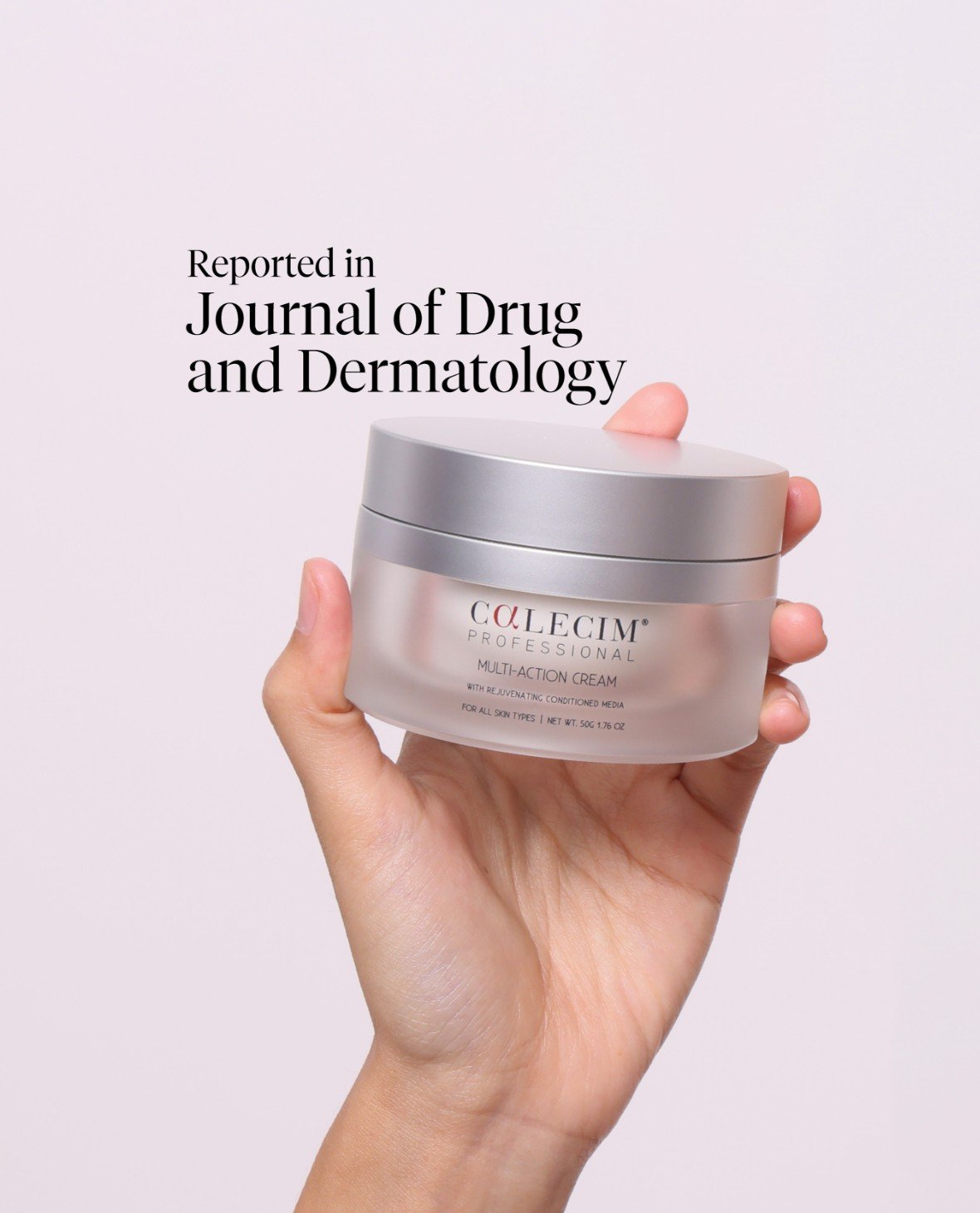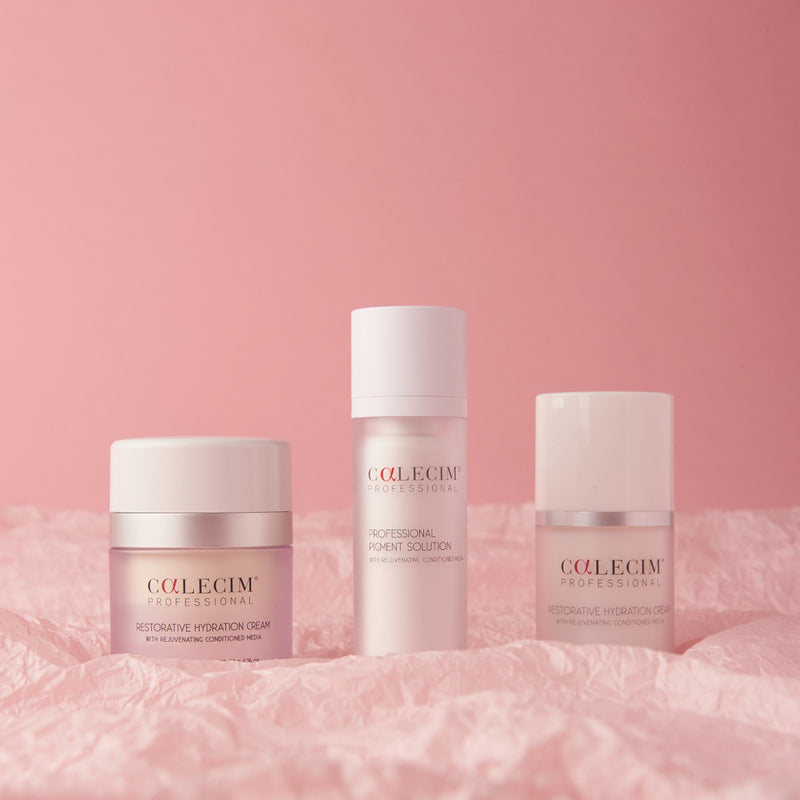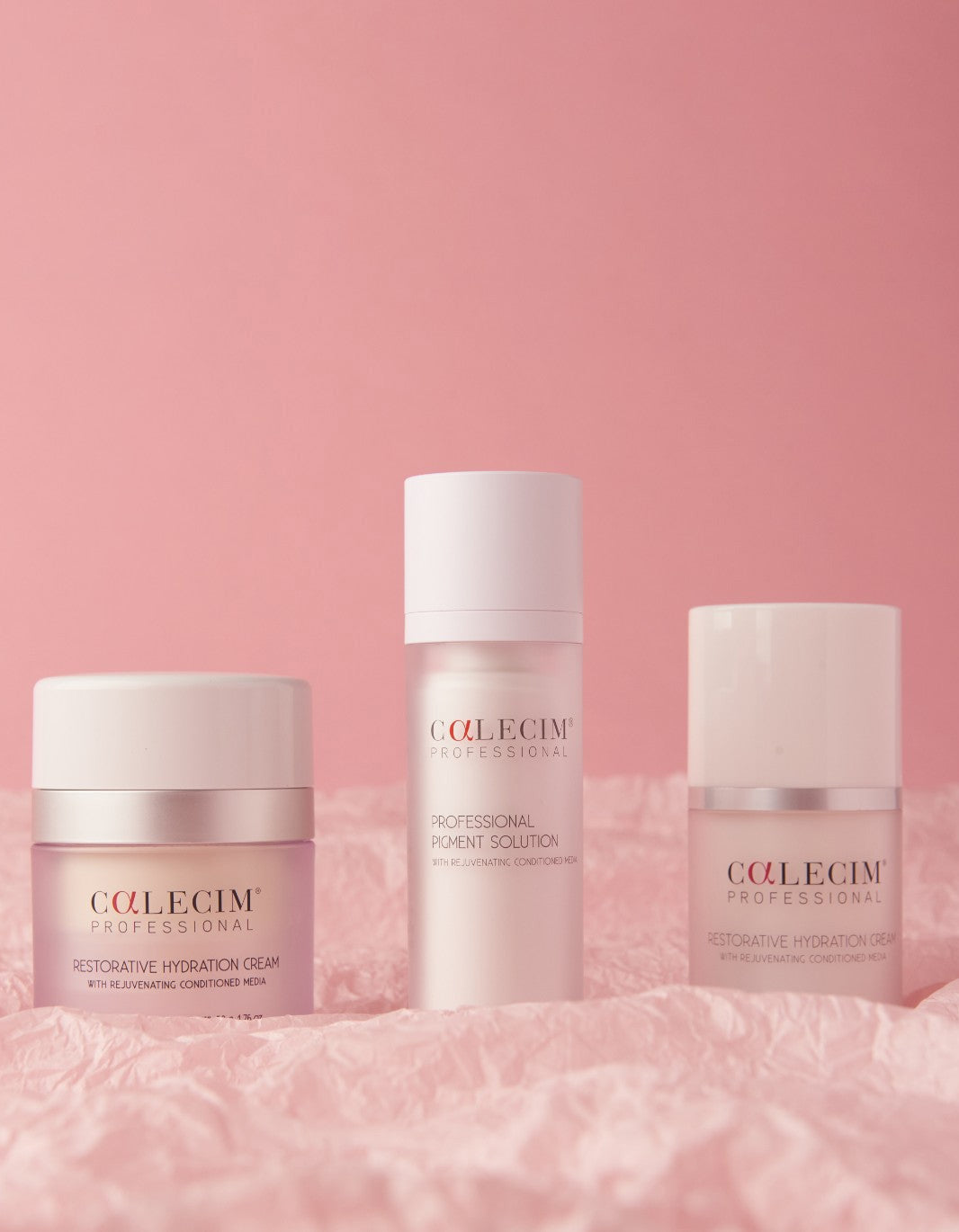How to stop COVID-related hair loss
Shedding more strands than usual after recovering from Covid-19? Don’t worry, help is at hand.
At first, Melinda Wee thought she was imagining things.
“I’d had Covid (with mild symptoms) a month earlier, and I’d noticed more hair than usual in my shower drain. I wasn’t too worried but then a month later my hair became noticeably less dense. It was quite disturbing because I could actually see patches of my scalp, which were especially clear under the bathroom light,” says Wee.
What is Covid-related hair loss?
Covid-19 is said to cause long-term side effects in up to 67% of patients, and these health consequences can include chronic fatigue, loss of taste and smell and brain fog. Increasingly common too is Covid-related hair loss. Known as telogen effluvium, this phenomenon manifests as clumps of hair falling out after brushing or washing your hair.
It’s normal to shed hair daily – we lose about 100-150 hairs each day as hair drops from follicles to make way for new hair growth. This growth cycle occurs because 90% of the hair on our heads is in a growth phase (called anagen), while the remaining 10% is in a resting phase (called telogen). Anagen lasts for about three years before transitioning into the shorter telogen phase, following which hair is shed.
A stressful event like childbirth, certain medications, intense psychological stress and Covid-19 can trigger our bodies to shift a greater-than-normal proportion of growing anagen hairs into a resting telogen state, according to the University of Utah.
“Covid-related hair loss can affect up to 33% of symptomatic patients and 10% of asymptomatic patients,” says a plastic surgeon who deals with hair loss patients.
“And this kind of hair loss seems to be different from that induced by stress or disease as cytokines (substances secreted by the body’s immune system) appear to cause direct damage to hair follicles,” she adds. Covid-induced hair loss has also been reported to start earlier after the stressful event – in two months instead of the usual three.
Is Covid-related hair loss permanent?
Fortunately, most people with telogen effluvium will start to recover within six months. However, up to 10% of patients will experience chronic telogen effluvium, which is diagnosed if they don’t spontaneously recover after six months. In addition, some doctors believe there’s a greater risk of developing chronic telogen effluvium if during Covid, patients experience high fever, significant psychological stress, are hospitalised or need to take at least five medications regularly. Such prolonged hair loss can cause intense psychological distress, which can in turn worsen hair loss.
How to treat Covid-induced hair loss?
While alarmed by how much hair she was shedding, Wee initially felt it was something she could resolve on her own.
“I have three children and have gone through the cycle of hair gain and massive hair loss several times because of fluctuating hormones. To combat this, I’ve previously used a very effective arsenal of ‘hair growth tools’ like oral supplements and Minoxidil, the topical treatment that stimulates hair growth and slows balding,” says Wee.
“However, after a few months it became clear that my tried-and-tested bag of tricks was not working this time. When I looked in the bathroom mirror, I could still easily see patches of my scalp and there were new masses of hair in my shower drain every day,” she adds.
Treatments for telogen effluvium can be varied. Some doctors prescribe medication, supplements and LED light treatments, while others recommend forgoing treatment entirely as the condition can resolve spontaneously in six months. However, intervention is recommended in cases where Covid-induced telogen effluvium is only partially responsive even after six months of conventional treatments, such as using Minoxidil.
How stem cell hair treatment can reverse Covid-induced hair loss
Stem cell derived growth factors and exosomes have great potential in regenerative medicine, with CALECIM®’s stem cell serum typically marketed as a cosmeceutical for rejuvenating aging skin. Rich in bioactive molecules, it can potentially reverse Covid-induced damage in hair follicles. As such, stem cell-based therapy is becoming increasingly popular as a treatment for pattern hair loss.
In a peer-reviewed study led by Dr Shu Jin Lee of National University Health System, the research team found that monthly applications of stem cell serum significantly helped a male patient who had developed chronic telogen effluvium after recovering from Covid. Conventional treatment had not improved his condition, even after three months.
During each treatment, researchers massaged CALECIM® stem cell serum into the patient’s scalp. After five treatments, during which the patient also continued with his Minoxidil and LED light treatments, hair density significantly improved. There was new hair growing in the front of the patient’s scalp and his hair had become less fragile, no longer breaking easily when combed.
Similarly, Wee also reported noticeable improvement after trying CALECIM®’s stem cell-based therapies, which her friend recommended. Describing herself as “desperate enough to try anything”, Wee micro-needled her scalp before applying CALECIM®’s Advanced Hair System treatment for maximum effectiveness.
“Frankly, nothing happened for the first 3-4 weeks,” says Wee. “And then around the time when I was finishing my fourth ampoule of Advanced Hair System, I woke up one morning and noticed lots of baby hair had sprouted, especially along my hairline.”
Wee says she’s now on her sixth week of using CALECIM®’s Advanced Hair System and that her hairline seems to be creeping down her forehead slowly but surely.
“The baby hairs are still very short,” says Wee. “But they look strong and dark and look like they will grow to full length. I am hopeful that I will be able to recover my normal, full hair volume soon.”

















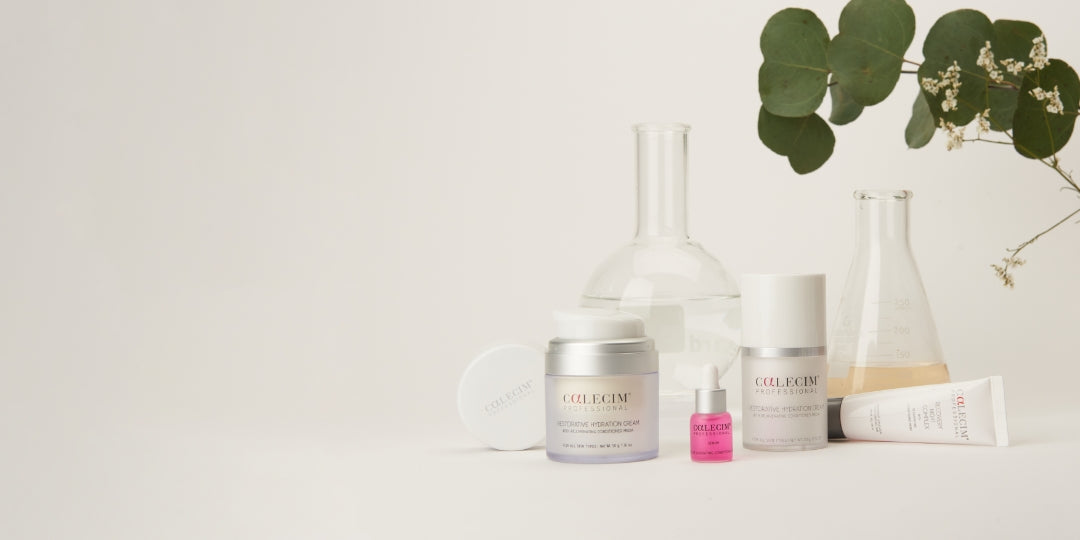

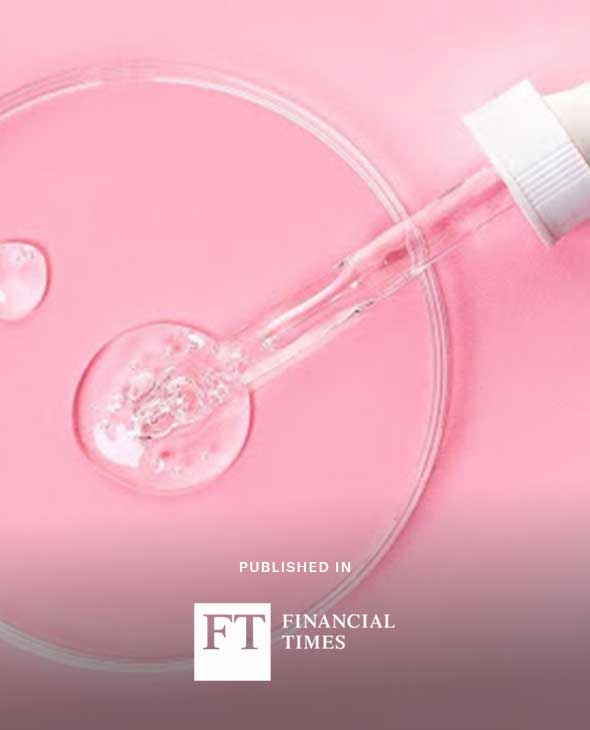






.jpg?v=1709086514426)

